Understanding the Lewis Structure of Glucose and Its Atom Count
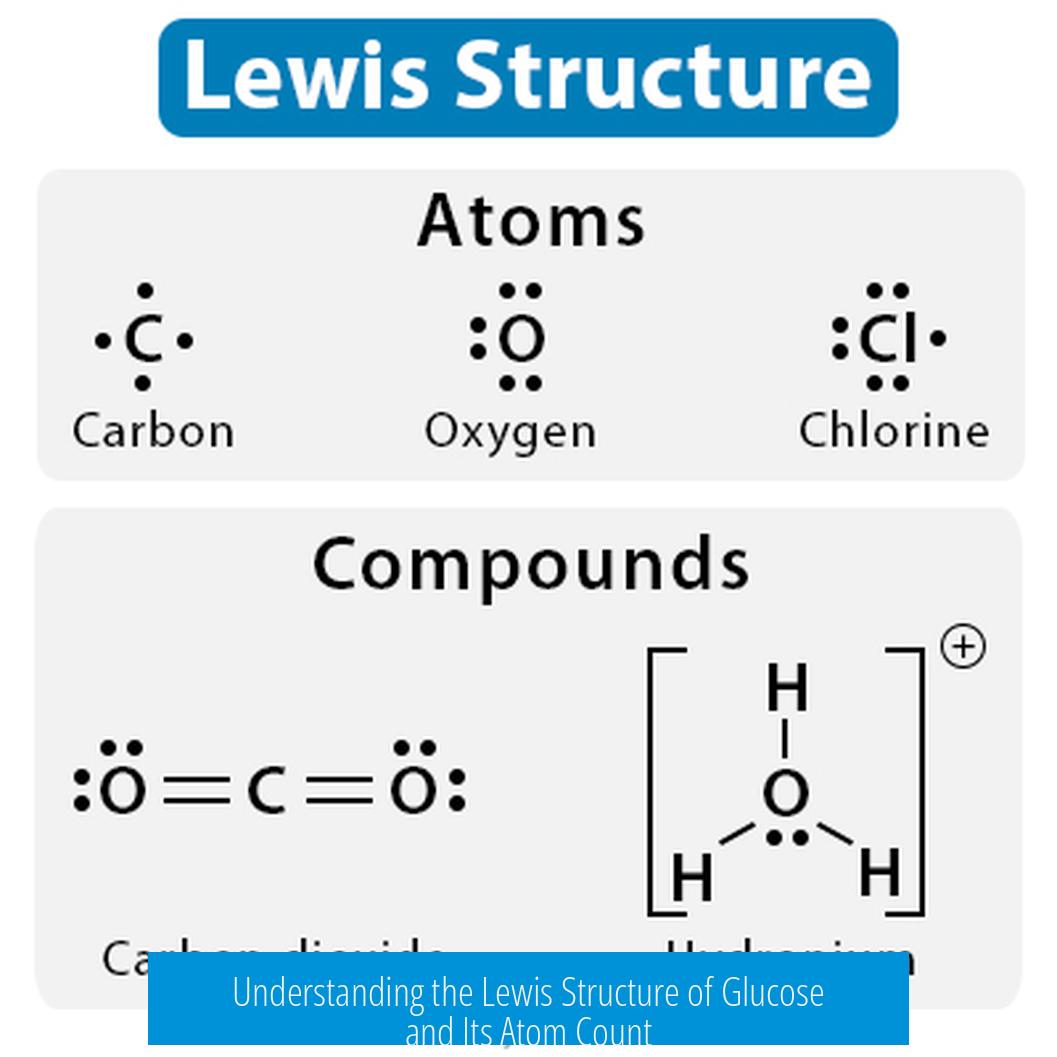
The Lewis structure of glucose (C6H12O6) includes 80 atoms in total. This figure accounts for all electrons represented as dots in the structure, consisting of bonding and non-bonding pairs around each atom in the molecule.
Total Number of Atoms in Glucose
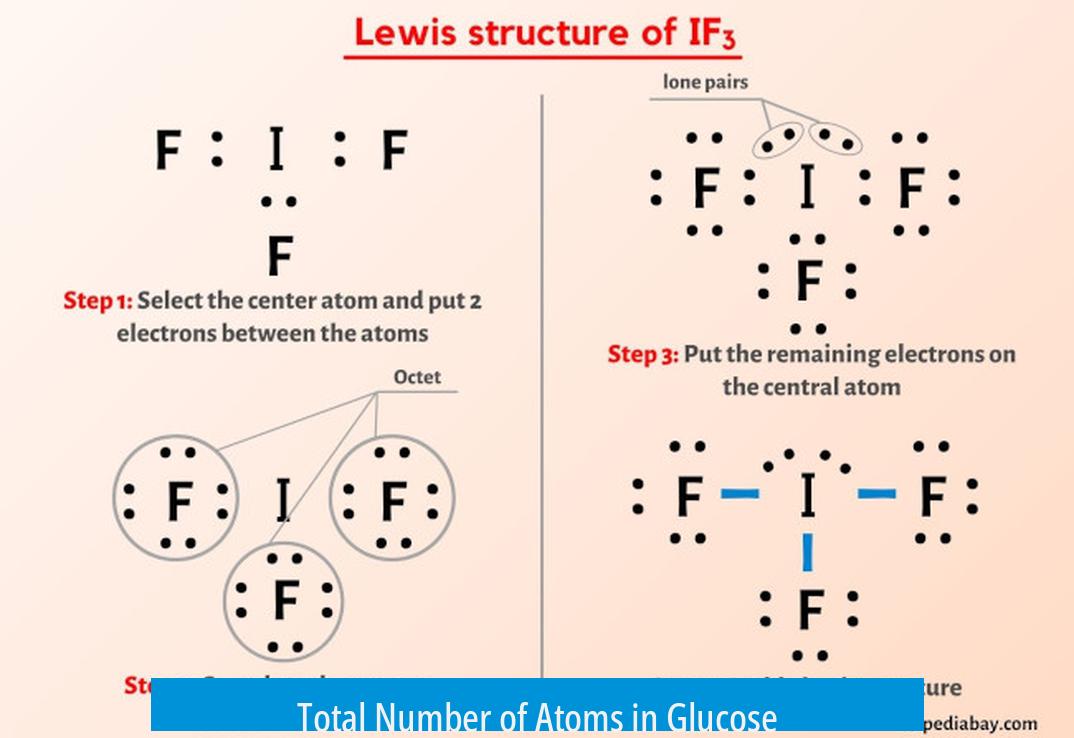
The molecular formula C6H12O6 clearly shows the elemental composition:
- 6 carbon (C) atoms
- 12 hydrogen (H) atoms
- 6 oxygen (O) atoms
These make 24 atoms in total. However, the count of 80 atoms refers specifically to the total electrons depicted in the Lewis structure, encompassing bonding electrons shared between atoms and lone pairs of electrons on oxygen and carbon atoms.
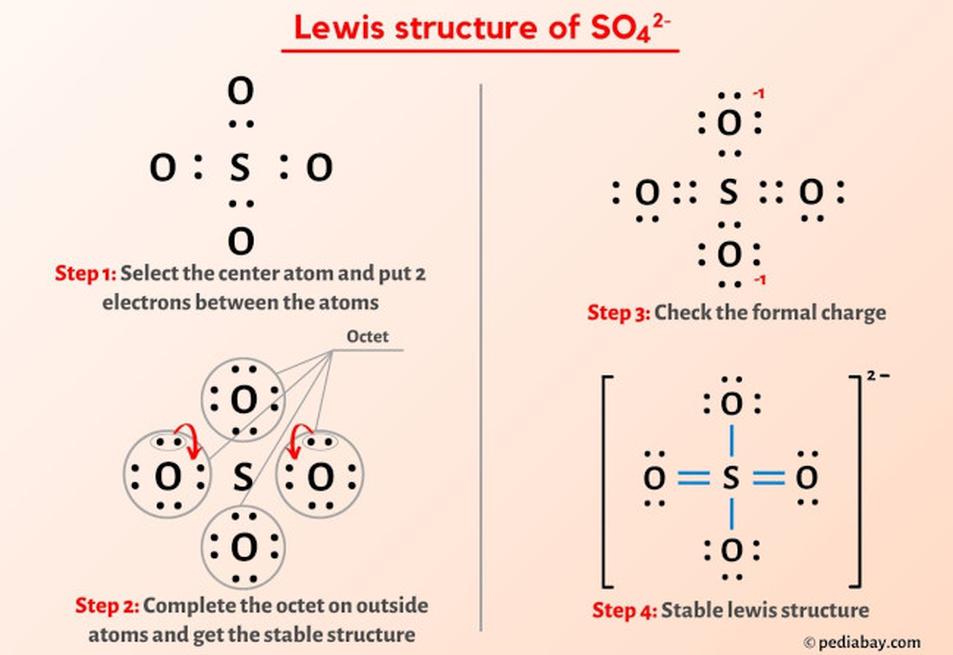
Structural Features of Glucose
The glucose molecule contains a six-carbon backbone with functional groups attached. These include hydroxyl (-OH) groups on most carbons and a ring oxygen to form a stable cyclic hexagonal structure.

Carbon Backbone and Hydroxyl Groups
The structure shows five single C-C bonds linking the six carbon atoms. Each carbon connects to one hydroxyl group besides hydrogens, giving glucose its characteristic properties.
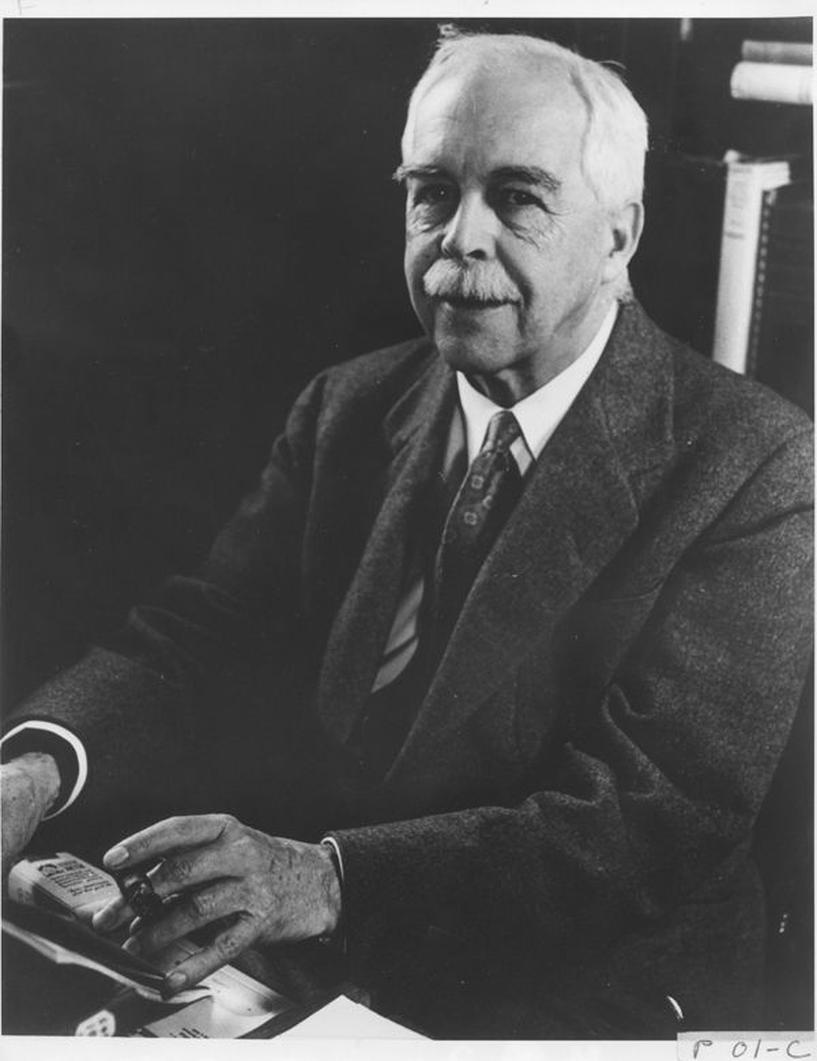
First Carbon Atom Bonding
The first carbon atom bonds with one hydrogen and one oxygen, a notable feature of glucose’s ring closure and its open-chain form.
Why the Number 80?
Counting atoms alone gives 24, but counting electrons represented in the Lewis structure — bonding and lone pairs — totals approximately 80. This includes:
- Bonding pairs between atoms (each pair has two electrons)
- Lone pair electrons on oxygen atoms (non-bonded electrons)
Thus, the “80 atoms in total” likely refers to electron dots in the Lewis diagram not the elemental atom count.
Key Takeaways
- Glucose’s formula C6H12O6 contains 24 atoms physically.
- The Lewis structure shows 80 electrons total, counted as pairs around atoms.
- Glucose forms a six-carbon ring with hydroxyl groups for stability.
- C-C bonds connect the backbone carbons, with functional groups attached.
- The first carbon bonds with hydrogen and oxygen, critical for glucose’s shape.
Unraveling the Lewis Structure of Glucose: Why Does It Have 80 Atoms in Total?
Here’s the quick answer: The Lewis structure of glucose, with the familiar formula C6H12O6, represents not just 24 atoms—but actually 80 atoms in total when accounting for all bonding and lone pairs of electrons! Yes, it sounds surprising since glucose is often described as having only 24 atoms. But that count only includes the elemental atoms, not the electrons visually depicted in the Lewis structure.
Let’s take a deep dive into what’s really going on.
What Exactly Is a Lewis Structure?
A Lewis structure is more than just dots around symbols. It’s a visual diagram showing atoms, the bonds between them, and the lone pairs of electrons resting on those atoms. Single bonds get a single line, double bonds get two, and lone pairs appear as pairs of dots. This approach helps us understand molecular geometry and electron sharing.
For example, carbon dioxide (CO2) has a well-studied Lewis structure made by counting valence electrons, determining the central atom, and connecting all atoms with bonds. The detailed step-by-step approach is used universally.
Counting Atoms: Elemental vs. Total in a Lewis Structure
Glucose’s molecular formula C6H12O6 tells us immediately it contains 24 atoms: 6 carbons, 12 hydrogens, and 6 oxygens. But the Lewis structure’s atom count of 80 comes from including every electron and bond representation visually depicted. Each bond involves electrons shared between atoms. Lone pairs of electrons, too, are explicitly shown, pushing the representation beyond simple elemental counting.
In the glucose molecule, each carbon atom bonds in a way that respects the octet rule, so each participates in multiple bonding and lone pair interactions. Plus, oxygen atoms in hydroxyl groups (-OH) have lone pairs, adding to the total count in the Lewis depiction.
Structural Features That Add to the Complexity
Glucose has a six-carbon backbone, but the molecule isn’t just a simple chain—it forms a hexagonal ring featuring an oxygen atom inside the ring, making it cyclic and structurally stable. Each carbon links to hydroxyl groups (-OH) and hydrogens, which further influence the bonding and electron count.
The first carbon atom, for example, bonds to one hydrogen and one oxygen, whereas the carbons in the ring have several single bonds between them, carefully balancing the molecule’s overall stability.
Why Does This Matter?
You might wonder: “Why should I care how many atoms or electrons a Lewis structure shows?” Here’s the deal:
- Understanding the true Lewis structure lets chemists predict reactions glucose will undergo.
- It uncovers reactive sites where enzymes interact, essential in processes like energy metabolism.
- It clarifies hydrogen bonding possibilities that influence glucose’s physical properties, like solubility.
So, the 80 atoms count—though not elemental atoms but visual representations of each electron involved—offers a richer understanding of glucose’s chemical nature.
Quick Practical Tip
If you try to draw glucose’s Lewis structure only based on the molecular formula, you’ll hit a wall. The formula alone doesn’t give the architecture — like the ring closure and where hydroxyl groups go.
Use a Lewis structure generator or molecular modeling tool instead. Input the glucose formula, and the software handles complex bonding and lone pair placement, producing a reliable Lewis diagram so you can visualize those 80 “atoms.”
Does This Make Chemistry Easier or Just More Confusing?
It’s tempting to stick to 24 atoms and call it a day. But for understanding biochemical processes or designing drugs interacting with glucose, the detail of Lewis structures is invaluable. It’s like getting a blueprint instead of a sketch.
In short, the Lewis structure’s count of 80 atoms includes every electron pair and bond representation, giving you the full molecular choreography. It’s not just about carbon, hydrogen, and oxygen atoms, but how their electrons interact to form life’s essential sugar.
Final Thought
Next time you see glucose simplified, remember: there’s a hidden world of electrons and bonds making a complex dance. The Lewis structure, reflecting 80 atoms in total, reveals the elegance behind this everyday sugar. Fascinated still? Just try sketching it—time to meet those atoms and electrons in full detail!
How is the total of 80 atoms counted in glucose’s Lewis structure?
The Lewis structure shows all electrons and bonds, including lone pairs and bonding pairs. Counting each valence electron and shared pair leads to 80 atoms represented in the detailed diagram.
What is the arrangement of atoms in the glucose molecule’s Lewis structure?
Glucose contains six carbon atoms forming a backbone. Each carbon bonds with hydroxyl groups and hydrogens. There is an oxygen atom in the ring, creating a hexagonal shape.
How are carbon atoms bonded in glucose’s Lewis structure?
Five single bonds connect the six carbon atoms in the glucose ring. This forms a stable cyclic structure central to glucose’s chemical properties.
What distinguishes the first carbon atom bonding in glucose’s Lewis structure?
The first carbon atom bonds with one hydrogen atom and one oxygen atom. This setup helps form the ring and affects glucose’s reactivity.


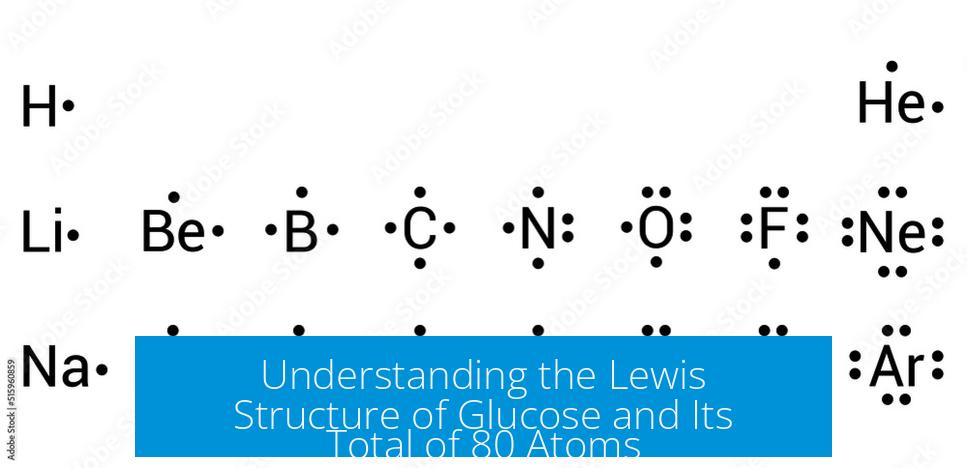


Leave a Comment